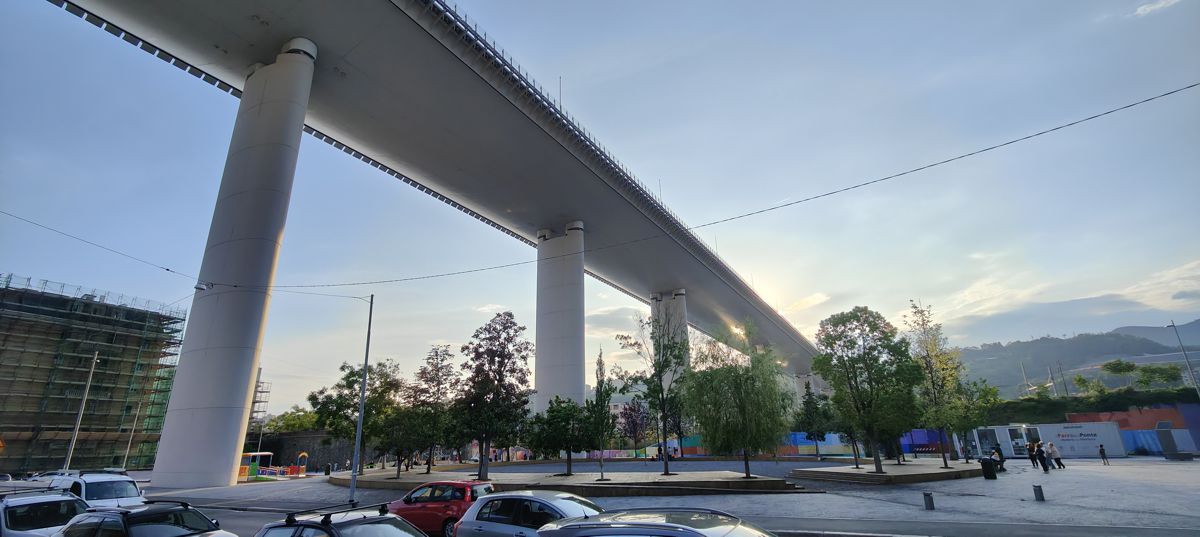Have we missed the moment to reinvent mass transport?
The danger from COVID-19 is far from over – some places fear a ‘second wave’, some places are very much still in the ‘first wave’ and local lockdowns, international travel restrictions and quarantine still lead the news every day.
In this article Paul Campion, Chief Executive at TRL looks at the positive side of COVID-19 on the future or transport.
“In the early days of lockdown, when goats outnumbered people on the streets and families walked and cycled together in the middle of once busy, now quiet roads, seems already long past. Traffic on the UK’s Strategic Road Network is back to at least 80% of the pre-pandemic level and there is speculation that when the schools go back in September the morning rush hour will re-establish itself. The grapevine is full of stories of firms keen to re-open offices and have their staff back at their desks. Meanwhile, the government guidance to avoid public transport is, apparently, effective, with buses and trains quiet and used mostly by essential workers with no other options.
“So has all the talk of ‘building back better’, ‘levelling up’, and a fundamental change in the way we travel come to nothing? Have we missed our moment?
“No, I think not. This month the UK government announced a £2bn ‘Active travel’ strategy that aims to increase the proportion of short urban journeys done by walking and cycling to a third of the total. The funding is not strictly new, the strategy has been promised for a long time and there is little in it that is truly a response to recent events but it is still a welcome shift of focus. The announcement included a new body, Active Travel England, which will support and monitor the execution of the strategy. Amidst news stories of some local authorities back-tracking on changes to road access and priority that supported active travel by restricting dangerous and polluting cars, vans and lorries we should support any changes that can help to redress the balance.
“Of course, it’s not just about cycling and walking. Buses were, before the pandemic, the workhorse of the public transport network: trips by bus are critical for many journeys and for many people without other options. Government advice to avoid public transport was clear and direct, and, no doubt, necessary to avoid an even worse death toll than we have experienced, but people are demonstrating a continued unwillingness to use buses, and the economic impact on the sector is already dramatic. Interestingly the reluctance to go back to mass transit seems to be particularly strong in the UK; other countries are seeing much quicker return to pre-pandemic levels of ridership. This is a crisis for the bus industry, and for people and the places where they live: the harsh reality is that alternatives to using the bus for many people are unemployment or unaffordable car journeys.
“The financial implications for bus operators are dire and come on top of the significant investments required to clear up the fleet. As recently as February the government announced £3bn funding for buses, of which a third would be spent immediately on supporting the uptake of zero emission buses. The money is welcome but the behavioural challenge of passengers avoiding buses requires more creative solutions to keep the bus industry providing their critical service.
“Some people argue that buses are an outdated response to outdated challenges and that demand responsive transport, provided by zero emission, increasingly autonomous vehicles are a modern answer that will supersede the old ways. I think this ignores the limitations of geometry: ultimately we have to make a democratic decision about how we are going to share out the available road space.
“At the moment roads are free to use, on an equal access basis: first come, first served. We use queueing to adjust demand to supply (or ‘congestion’ as it is called: as the old adage has it ‘You are not stuck in traffic; you are traffic’). In cities we make limited use of regulation to restrict some road capacity to certain, highly efficient, modes of transport (i.e. bus lanes and cycle paths). We could imagine using a road user price mechanism to share out capacity (like we do on the M6 toll road, for example) but what we know for certain is that the removal of mass transit (the rather more accurate American term for what the UK tends to call ‘public transport’) would result in more congestion, lower average speeds and reduced air quality.
“So I think the urgent question to ensure its survival is: how can we use new technical capabilities to provide better mass transit services, that can move people efficiently, safely and cleanly, and how can we help travellers to rapidly re-gain confidence in them?’
“This mixes a short-term problem (rebuilding confidence) with a medium- to long-term opportunity (what would better bus services look like?) and that is deliberate. ‘Never waste a good crisis’ they say. We have to manage the challenges thrown up by the pandemic but the ‘moment’ for imaging and beginning transformational changes to mass transit is not yet over yet. People and politicians are paying attention to mass transit, and as challenging as it seems to do more while we are still in partial lockdown, simply returning to the way we were before would be a missed opportunity. Let’s put the extra effort in and imagine a better tomorrow: if ‘build back better’ means anything, then surely it means this.”















